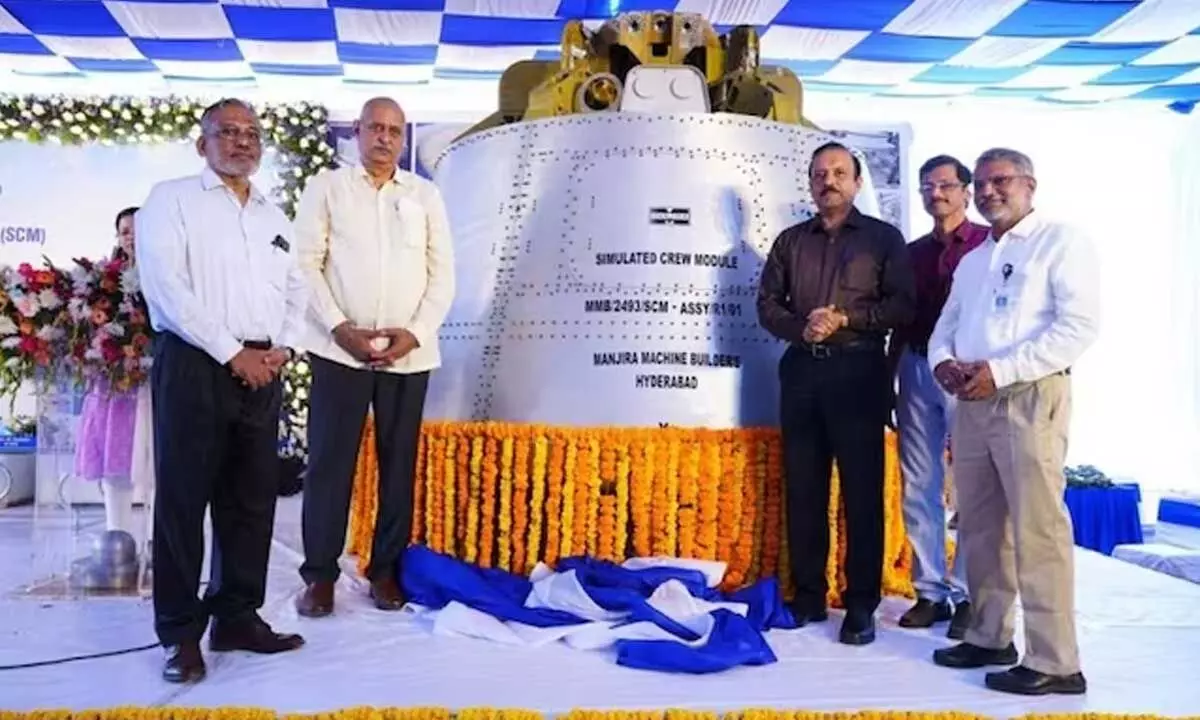Live
- 3rd Test: Day one’s play at the Gabba called off due to persistent rain
- National Energy Conservation Day: Switch to Energy-Efficient Devices
- Rekha gets emotional as she shares a heartfelt moment with Big B's grandson Agastya Nanda
- Senior Cong leader EVKS Elangovan passes away in Chennai
- CID's Counter Intelligence raids multiple places in J&K’s Anantnag, Kulgam districts
- India's growth on resilient trajectory, equity markets in consolidation phase
- KJo on 23 years of ‘Kabhi Khushi Kabhie Gham’: One of those pinch me moments
- WPL 2025 auction: Nandini, Kamalini set to be most sought-after names
- MP CM to inaugurate Sarsi resort in Shahdol, 200-bed hospital in Mauganj today
- TGPSC makes arrangements for Group-2 exams to be held tomorrow









